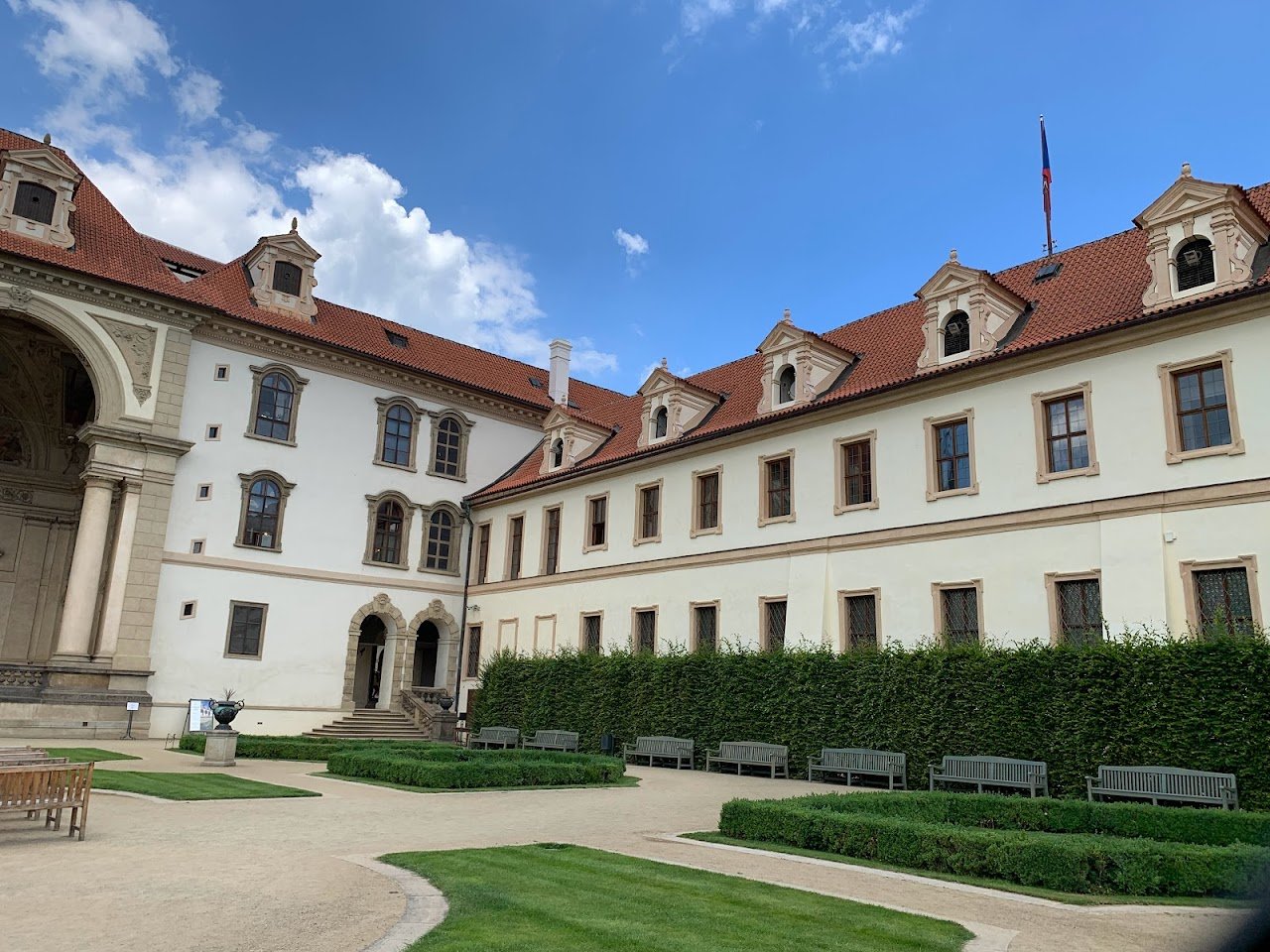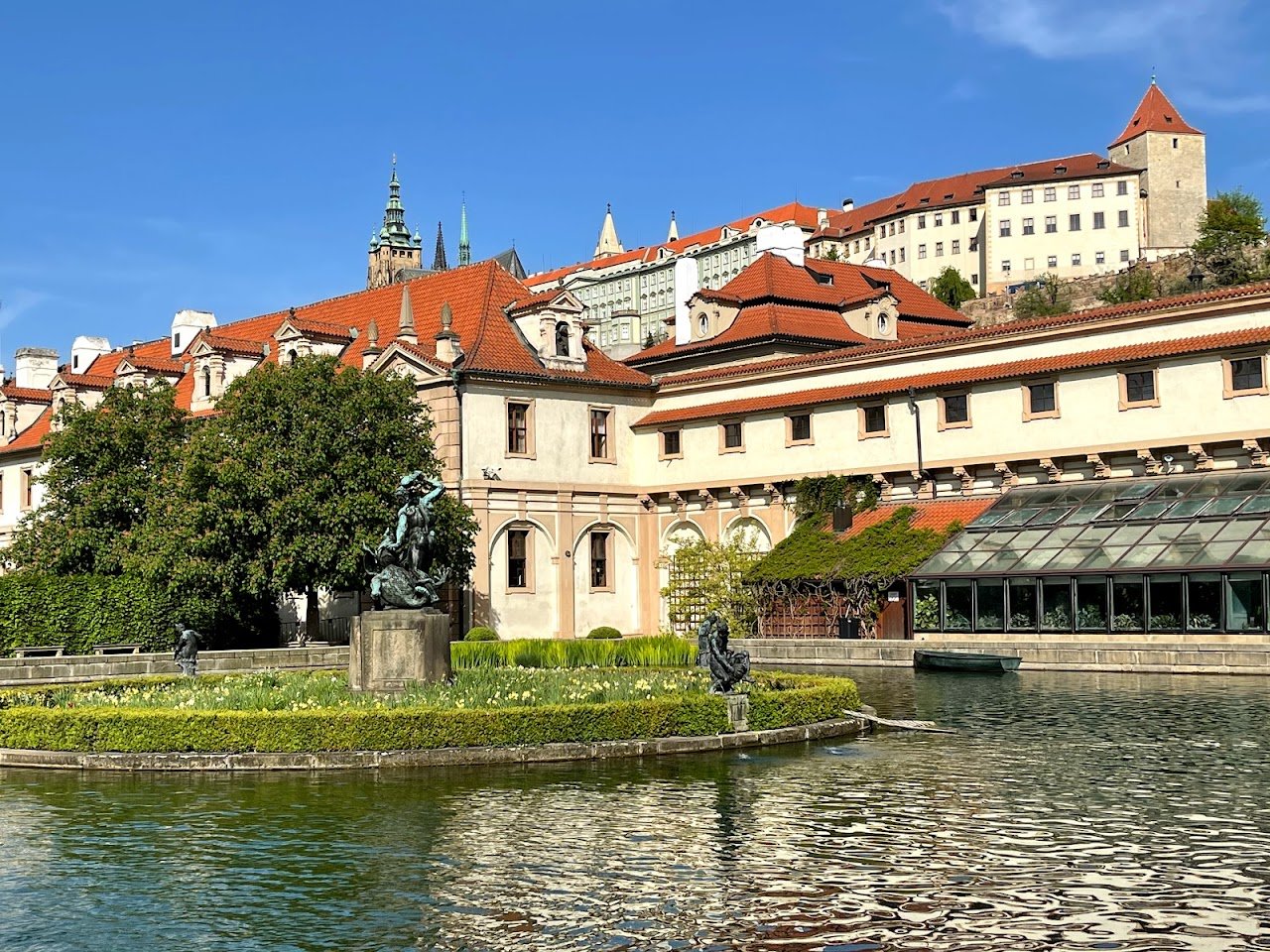Waldstein Palace (Wallenstein Palace)



What people say
Pedro Pereira
Available for hire
"The Valdštejnský palác, located in the Malá Strana district of Prague, stands as one of the most significant examples of early Baroque architecture in the Czech Republic. The palace complex, which includes the Valdštejnská Garden and the Valdštejnská Riding School, was built as the grand residence of Albrecht Václav Eusebius of Valdštejn (Wallenstein), a powerful Czech nobleman and generalissimo of the imperial army. Constructed between 1623 and 1630, the palace was designed by Italian architect Andrea Spezza, with contributions from other Italian masters, including Nicolo Sebregondi and Giovanni Pieroni. Wallenstein intended the palace to rival the grandeur of Prague Castle itself, and its impressive scale and elaborate design reflect his ambition.
Although Wallenstein's vision for the palace was fully realized, he did not spend much time enjoying it. From the completion of its decoration in 1630 until his assassination in 1634, Wallenstein resided in the palace for no more than a total of 12 months. Some sources suggest that he stayed there for just 80 days. Following Wallenstein's death, after being declared a traitor, his possessions were seized by the emperor, and the palace became Habsburg property. However, it was later acquired by Wallenstein’s distant relative, Maximilian of Wallenstein, who purchased it for a symbolic price. The Wallenstein family retained ownership of the palace for more than three centuries until 1945, when it became state property. Today, the palace serves as the seat of the Senate of the Parliament of the Czech Republic.
The Valdštejn Palace is a massive structure, extending 340 meters in length and 172 meters in width. Its main façade, facing Valdštejnské náměstí, is a two-story construction with numerous windows and roof dormers. Above the central portal is an image of the Virgin Mary of Klatovska, adding to the building’s Baroque character. The residential section of the palace is arranged around four courtyards, each with its own distinct history and function. The first courtyard, known as the Duke’s Court, was used by Wallenstein and his family. In its corner stands the chapel of St. Wenceslas, a 16-meter-high space adorned with scenes from the saint's life. The altar, crafted by Arnošt Jan Heidelberger, is the oldest Baroque monument of its kind in Prague.
The second courtyard, once bordered by stables that have since been transformed into the Senate Meeting Hall, is dominated by a bronze statue of Albrecht of Wallenstein, cast in 1873. Wallenstein is depicted holding a marshal’s baton, symbolizing his military rank. The third courtyard, accessible via Valdštejnská Street, originally housed the pages and their preceptor in a four-winged building, while the fourth courtyard, initially intended for palace operations, was later repurposed by Maxmilián of Wallenstein and his family for personal use.
The palace complex also includes the Valdštejnská Garden, a beautiful Baroque garden, and the Valdštejnská Riding School, which has been preserved and is now used by the National Gallery for exhibitions. Inside the palace, many rooms retain their rich decoration, along with numerous works of art and examples of exquisite craftsmanship, further illustrating the grandeur and historical significance of the Valdštejnský palác."
Read more in:
Billy Ghicas
Available for hire
"General Info:
Waldstein Palace is a magnificent Baroque palace in Prague's Malá Strana district, built in the early 17th century for Albrecht von Wallenstein, a prominent military leader. The palace now serves as the seat of the Czech Senate and is renowned for its opulent interiors and expansive gardens.
Tip:
Visit the Wallenstein Gardens during the warmer months to enjoy the beautiful Italian-style garden, complete with statues, fountains, and an artificial grotto. Free guided tours of the palace are available on weekends, providing insight into its history and architecture.
Fun Fact:
The palace was constructed by demolishing 26 houses, six gardens, and two brickworks, demonstrating Wallenstein's immense wealth and ambition. The palace gardens feature a fascinating sala terrena, an open-air hall with impressive frescoes depicting mythological scenes.
They also had owls in the garden but they are in an enclosure. "
Read more in:
Mentioned in these guides
About Waldstein Palace (Wallenstein Palace)
Get the inside scoop on Waldstein Palace (Wallenstein Palace) from local experts, travel creators, and tastemakers. Browse genuine trip notes, Waldstein Palace (Wallenstein Palace) reviews, photos, travel guides, and itineraries from real travelers and plan your trip with confidence.
Phone
Save this spot for later or start mapping out a new trip today
Try our AI Travel Assistant and get instant answers to any questions about your trip.
Ask ThatchGPT


